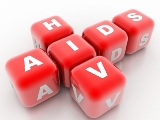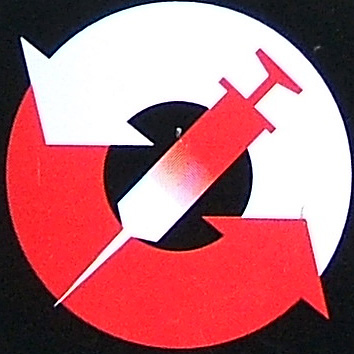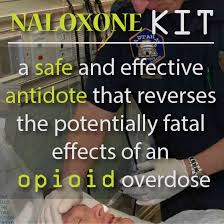Harm reduction is a set of practical strategies and ideas aimed at reducing negative consequences associated with drug use. Harm Reduction is also a movement for social justice built on a belief in, and respect for, the rights of people who use drugs.
Harm reduction incorporates a spectrum of strategies from safer use, to managed use to abstinence to meet drug users “where they’re at,” addressing conditions of use along with the use itself. Because harm reduction demands that interventions and policies designed to serve drug users reflect specific individual and community needs, there is no universal definition of or formula for implementing harm reduction.
However, the Harm Reduction Coalition (HRC) considers the following principles central to harm reduction practice.
- Accepts, for better and or worse, that licit and illicit drug use is part of our world and chooses to work to minimize its harmful effects rather than simply ignore or condemn them.
- Understands drug use as a complex, multi-faceted phenomenon that encompasses a continuum of behaviors from severe abuse to total abstinence, and acknowledges that some ways of using drugs are clearly safer than others.
- Establishes quality of individual and community life and well-being–not necessarily cessation of all drug use–as the criteria for successful interventions and policies.
- Calls for the non-judgmental, non-coercive provision of services and resources to people who use drugs and the communities in which they live in order to assist them in reducing attendant harm.
- Ensures that drug users and those with a history of drug use routinely ha.ve a real voice in the creation of programs and policies designed to serve them.
- Affirms drugs users themselves as the primary agents of reducing the harms of their drug use, and seeks to empower users to share information and support each other in strategies which meet their actual conditions of use.
- Recognizes that the realities of poverty, class, racism, social isolation, past trauma, sex-based discrimination and other social inequalities affect both people’s vulnerability to and capacity for effectively dealing with drug-related harm.
- Does not attempt to minimize or ignore the real and tragic harm and danger associated with licit and illicit drug use.













